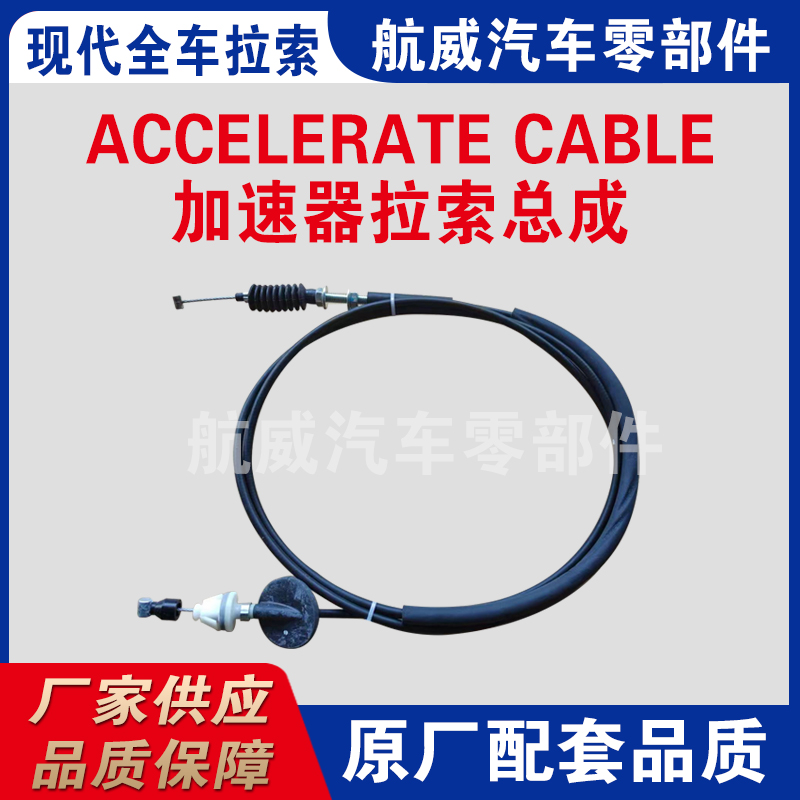Throttle Wire Management for Optimal Engine Performance and Efficiency
Understanding the Throttle Wire Anatomy and Functionality
The throttle wire is a vital component within the intricate systems of modern vehicles. This seemingly simple wire plays a crucial role in managing engine performance, governing speed, and ensuring a smooth driving experience. Within this article, we will explore the anatomy of the throttle wire, its function, and its impact on vehicle performance.
What is the Throttle Wire?
The throttle wire, also known as the throttle cable in some contexts, refers to the mechanism that connects the accelerator pedal to the throttle body in a vehicle's engine. It transmits the driver’s input from the accelerator pedal to the engine, regulating the amount of air and fuel mixture that enters the combustion chamber. In traditional mechanical systems, this wire is often a solid metal or stainless-steel cable encased in a protective sheath.
The Anatomy of the Throttle Wire
The throttle wire system consists of several components
1. Accelerator Pedal Located inside the vehicle, it is the primary interface through which drivers communicate their desired speed to the engine. When the pedal is pressed down, it pulls the throttle wire.
2. Throttle Cable This is the actual wire that transmits the movement. It typically runs from the accelerator pedal to the throttle body.
3. Throttle Body This component sits in the intake manifold and regulates the airflow into the engine. It contains a butterfly valve that opens and closes in response to the throttle wire's movement and, consequently, the driver's input.
4. Return Spring This spring ensures that the throttle valve returns to its closed position when the accelerator pedal is released, allowing the engine to idle.
throttle wire

How the Throttle Wire Works
The operation of the throttle wire is straightforward yet elegant. When a driver presses the accelerator pedal, it pulls on the throttle wire, causing it to tighten. This action opens the throttle body’s butterfly valve, allowing air to flow into the engine. More air means that the engine can mix it with an appropriate amount of fuel, leading to increased power output.
Conversely, when the accelerator is released, the tension on the throttle wire decreases, allowing the return spring to pull the butterfly valve back to its closed position. This action reduces the airflow into the engine, allowing it to slow down or idle. The feedback loop created by the throttle wire is crucial for a driver’s control over the vehicle.
Impact on Performance
The throttle wire’s efficiency and responsiveness significantly influence a vehicle's overall performance. In older cars, a direct mechanical throttle wire provides a tactile connection between the driver and the engine, often resulting in a more connected driving experience. Vehicle enthusiasts often appreciate this hands-on interaction, as it allows for precise control over acceleration and deceleration.
However, modern vehicles, especially those equipped with electronic throttle control (ETC) systems, are beginning to replace the traditional throttle wire with electronic sensors and actuators. These systems offer benefits such as smoother acceleration, better integration with advanced driver-assistance systems (ADAS), and improved fuel efficiency. Nevertheless, the elimination of the physical throttle wire has made some drivers feel disconnected from the vehicle's performance.
Common Issues with Throttle Wire
Despite its straightforward operation, several issues can arise with the throttle wire system. Common problems include fraying of the cable, imbalance in tension, or even a complete break in the wire. Symptoms such as a sticky accelerator pedal, erratic engine responses, or failure to return to idle often indicate a problem with the throttle wire. Regular maintenance checks are vital for ensuring that this component remains in good working condition.
Conclusion
In summary, the throttle wire, while often overlooked, is an essential piece of the vehicle's machinery that enables drivers to communicate their intentions to the engine. Understanding its anatomy and function can help demystify how vehicles operate and enhance appreciation for the engineering marvels that make modern driving possible. Whether in traditional mechanical systems or modern electronic adaptations, the throttle wire remains a key player in the dance between driver and machine.
-
Workings of Clutch Pipe and Hose SystemsNewsJun.04,2025
-
The Inner Workings of Hand Brake Cable SystemsNewsJun.04,2025
-
The Secrets of Throttle and Accelerator CablesNewsJun.04,2025
-
The Hidden Lifeline of Your Transmission Gear Shift CablesNewsJun.04,2025
-
Demystifying Gear Cables and Shift LinkagesNewsJun.04,2025
-
Decoding Clutch Line Systems A Comprehensive GuideNewsJun.04,2025
